Step Aboard These Stunning Multimillion-Dollar Superyachts
The definitive book about superyachts showcases the world’s most beautiful boats.
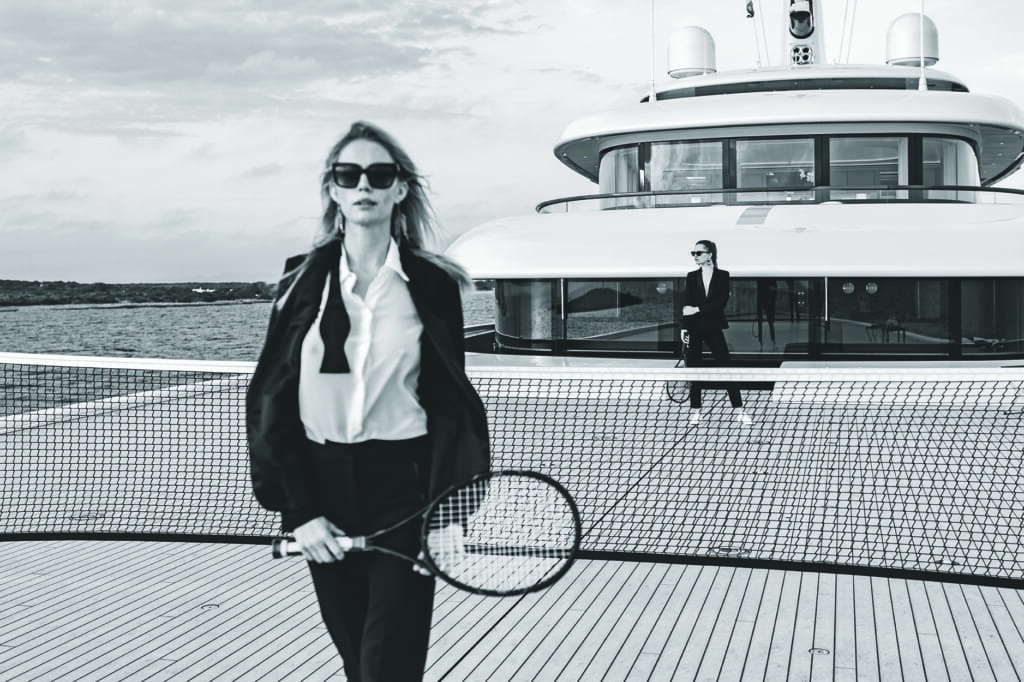
(Burgess/Assouline)
When the late Microsoft co-founder Paul Allen’s eye-popping 414-ft. superyacht Octopus sold this past August for $278 million, it served as a punctuation mark for one of the most tumultuous times for the segment.
As Bloomberg reported, “The sale comes amid a record-hot market for the world’s largest luxury vessels. A surge in personal wealth due to buoyant markets and a newfound interest in private, socially distanced leisure among the ultra-rich are driving unprecedented numbers of sales of both new and used superyachts.”
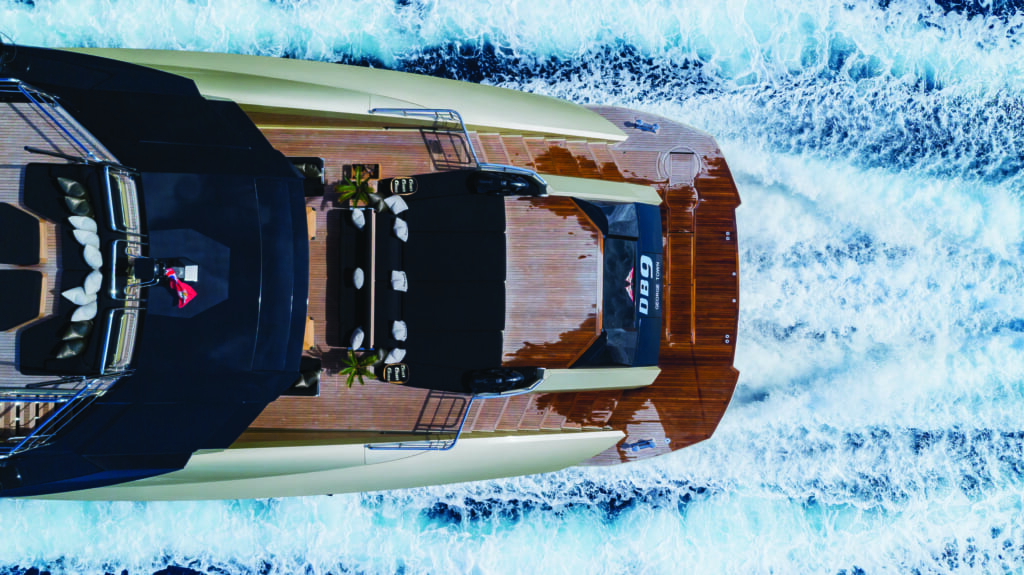
(SuperYachtsMonaco)
Bloomberg also noted that 219 superyachts were sold in the first quarter of 2021, more than double the number during the same period in 2020, according to ship valuation service Vessels Value.
“Would-be buyers who once preferred to dabble in renting, or chartering, before springing for a purchase are now diving right in and buying,” they reported. “Smaller starter yachts are being bypassed for 100-footers. And the sometimes sleepy secondhand market is suddenly pulsing as clients unwilling to wait a few years for a custom build prowl for deals.”
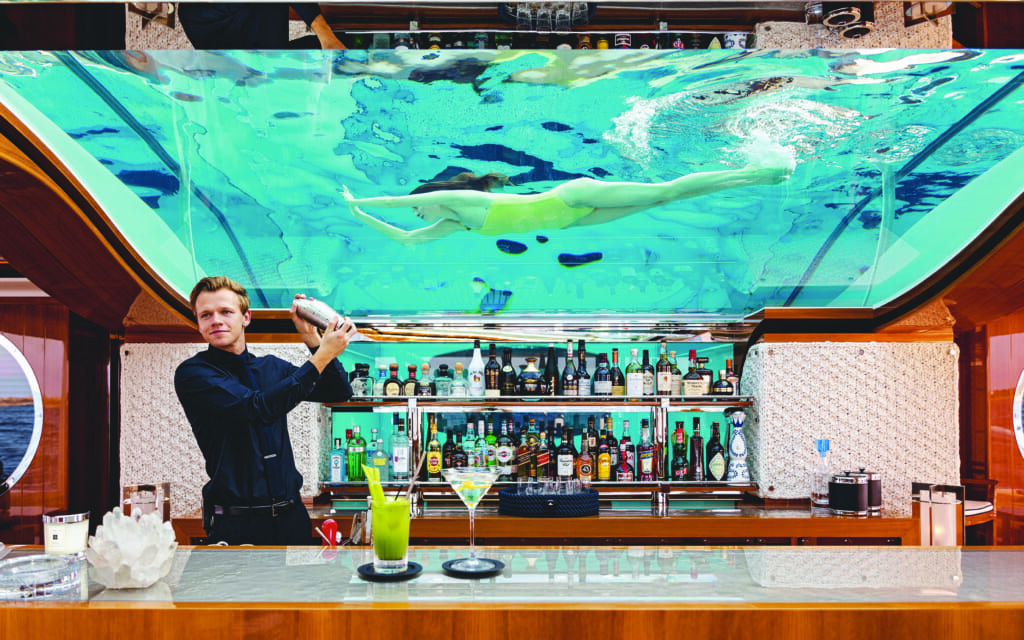
(Burgess/Assouline)
As Denison Yachts’ Bob Denison explained to duPont Registry, part of the boom in sales is also attributable to the fact that “Yachting’s competitive industries, such as skiing and higher-end vacation experiences like cruises, are still being affected by extended lockdowns, which have created a special opportunity for our industry.”
All of which makes this the perfect time for some enterprising type to come out with the definitive book on superyachts—and Assouline has done just that with Yachts: The Impossible Collection.
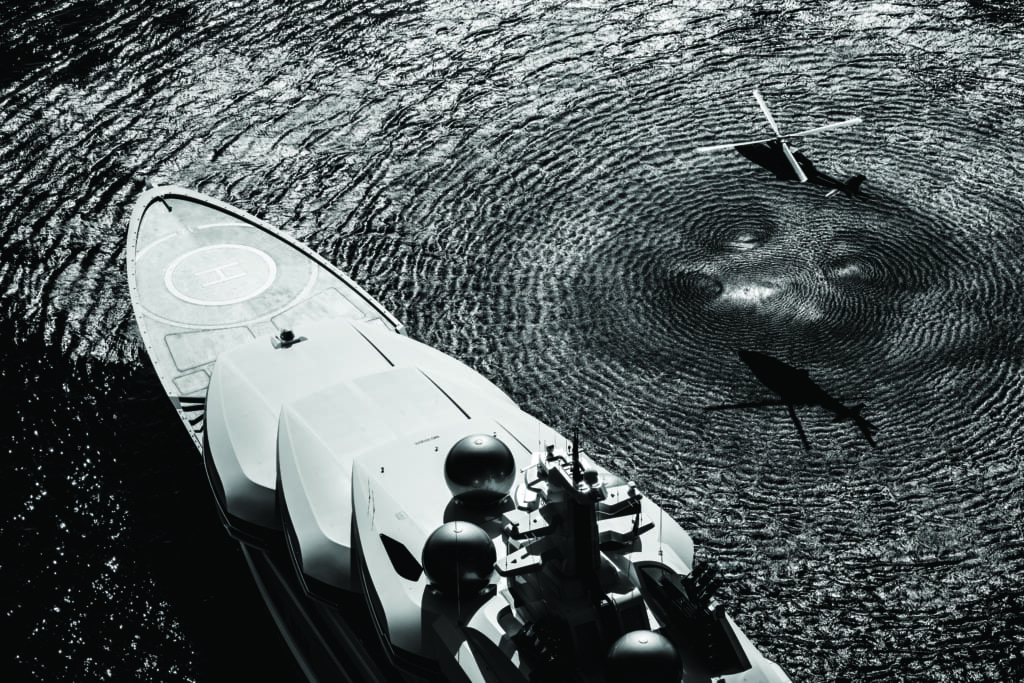
(Guillaume Plisso/Assouline)
Part of the French luxury publisher’s (aptly) impossibly beautiful Impossible Collection series of oversized volumes, which now includes compendiums of motorcycles, wine and cigars, the $895 new book by Miriam Cain is not simply a list of the largest and most modern yachts; but instead “an eclectic and carefully curated collection of ships of historic and aesthetic value, ranging from the slimline and classic J Class sailing yachts of the late 19th century to the avant-garde and high-tech megayachts of the present, full of outlandish features and designs.”
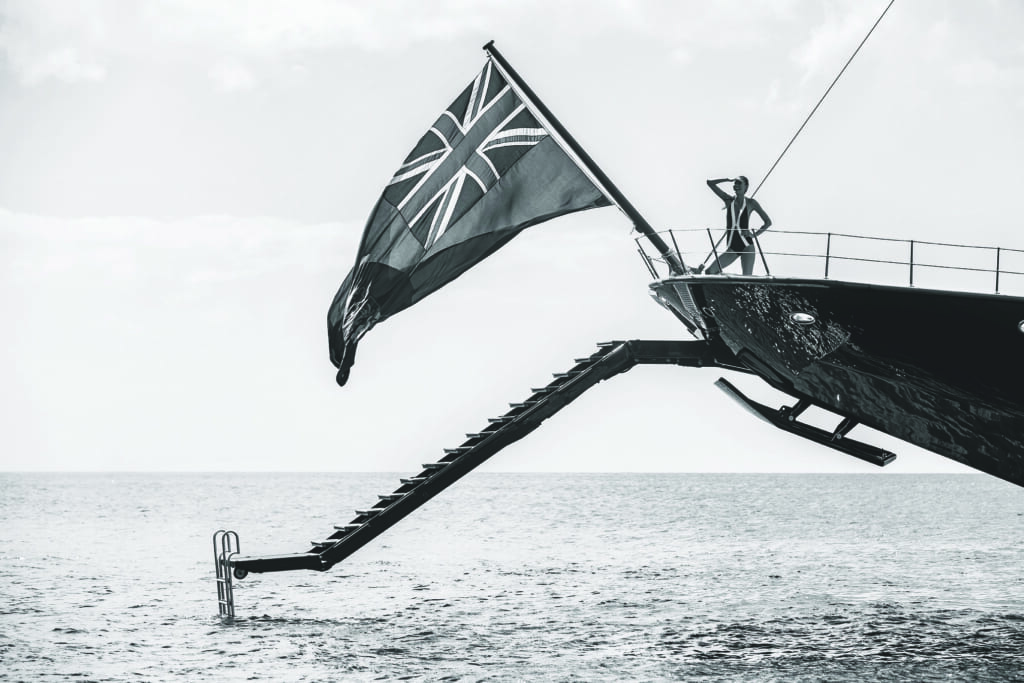
(Burgess/Assouline)
From Cleopatra’s fabled golden barge, to the Queen of England’s Royal Yacht Britannia, “to the elegant vessels of the 1920s, yachts have long been the province of royalty, high society, and more recently of the top 0.1% and celebrity aristocracy of our own era,” Cain notes. Her research reveals that there are now more than 3,000 large yachts in the global fleet, an unprecedented armada of floating luxury.
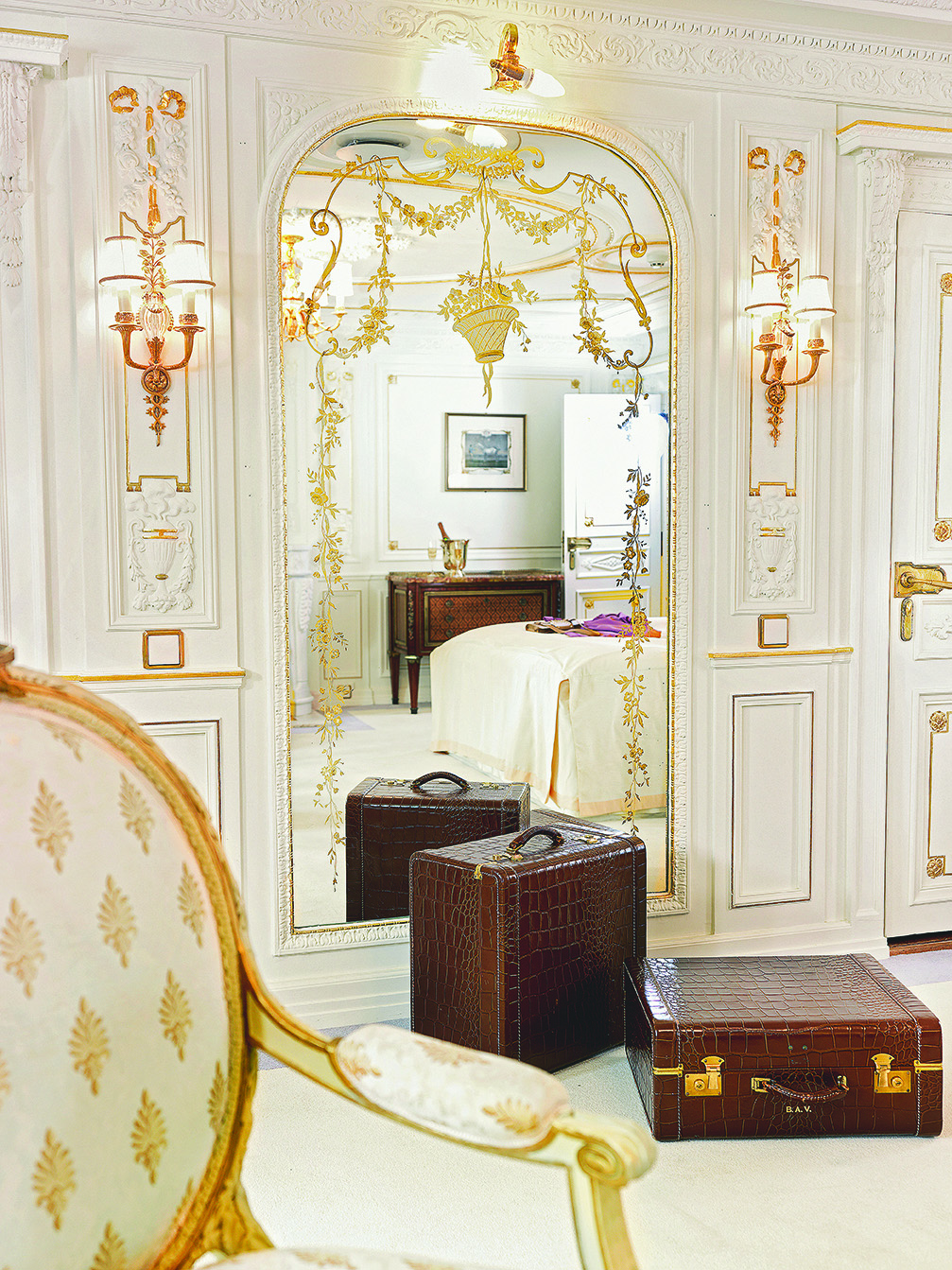
(Sea Cloud Cruises/Assouline)
“Some are obvious head-turners, designs that have simply stood the test of time and remain beautiful today,” she writes, “while others either broke the mold with their daring design, or in some way defined their era.”
Naval architecture and yacht design have been elevated to meet the challenges of the times, with the massive size and revolutionary propulsion systems and the like found on the newest concepts needing to be reconciled with “owners [who] desire yachts that are timeless yet still radical and technically advanced,” Cain posits.
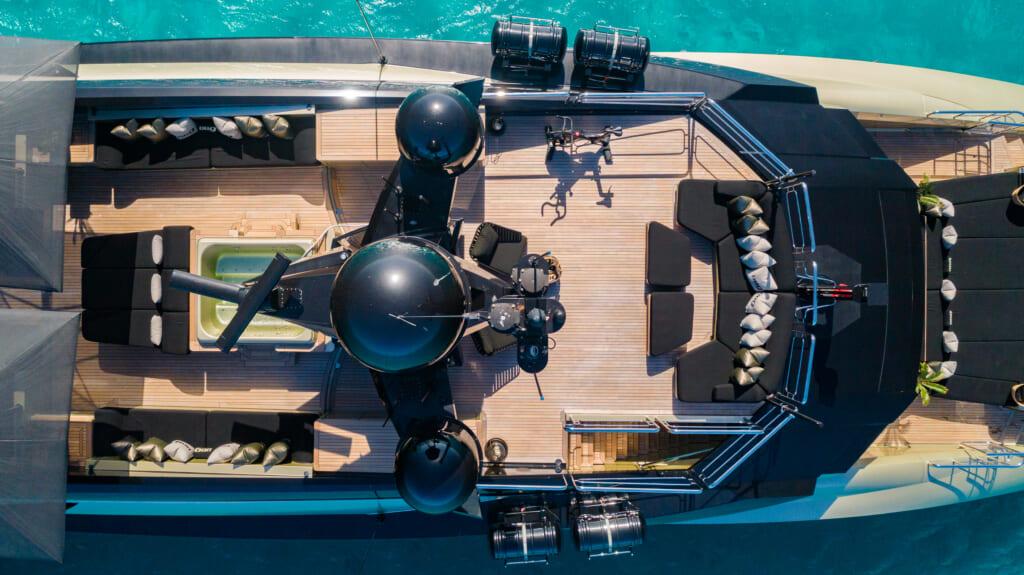
Just have a look at REV Ocean, described by its designer Espen Øino as “a yacht with [a] noble purpose”—that just happens to be 600 feet long. Created partly to undertake environmental research missions in remote locations, it could nonetheless be adapted for recreational use, should an interested buyer have the requisite funds, and the desire to own the largest private yacht in the world.
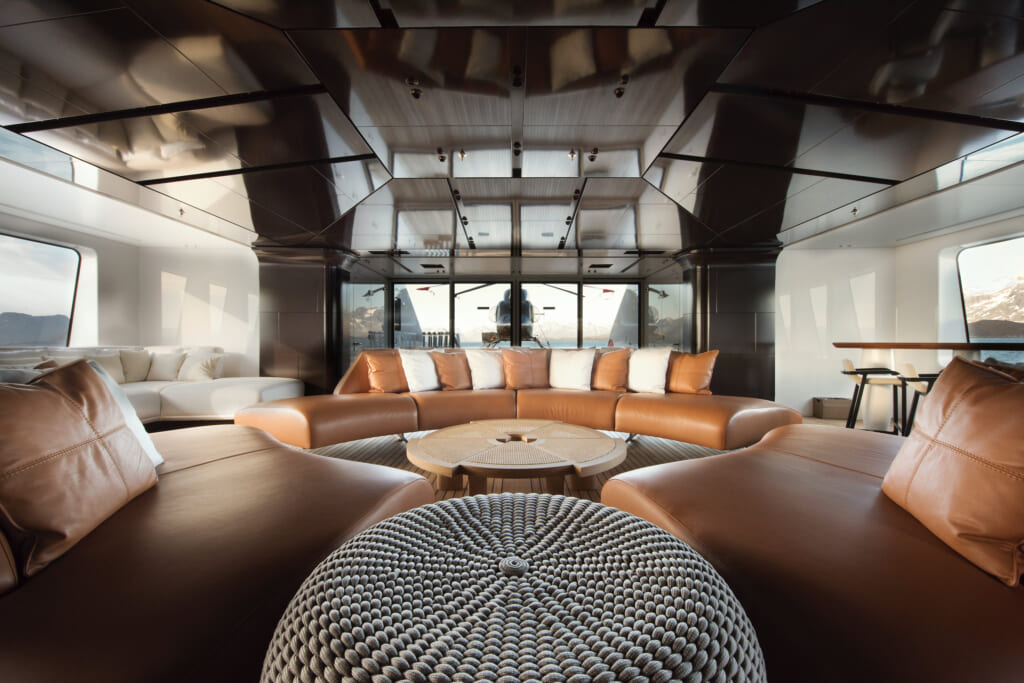
And it could easily come to pass, as Cain notes that “Average superyacht size has grown exponentially…. partly due to the competitive nature of one-upmanship among the owners, leading to the design and build of the largest private yachts in history” in recent years.
Russian oligarchs and Middle Eastern potentates, along with a few extremely wealthy Americans such as Mr. Allen, have led this charge toward ever-larger vessels that can accommodate hundreds of guests in sublime comfort and style.

Regardless of the way this trend might evolve in the coming years, it’s certain “that the human species has always longed to be near the water, and yachts are an enduring element of this inheritance of wanderlust,” Cain sums up.
“As long as there are people of means and blue oceans to explore, there will always be a demand for these beautiful and impossible creatures that break the boundaries of technology, luxury and decadence.”
